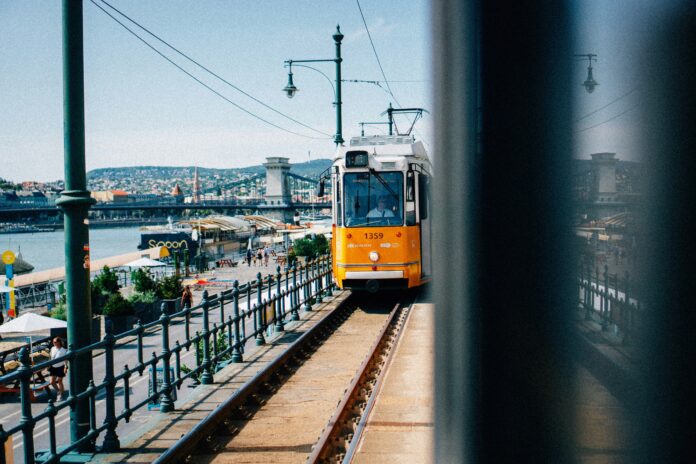As news of extreme weather becomes more normalised by the day, people are starting to think about how they can travel more sustainably. One way to do this— which is by no means new, but enjoying a resurgence in popularity—is via Interrail (or Eurail, for us non-EU citizens). You may have heard of the travel scheme, but for those who haven’t, you simply buy a ticket that best suits your needs and catch trains throughout Europe – not a flight in sight!
The Eurail scheme was set up in 1959 to encourage American tourism in Europe, and was followed by the Interrail pass in 1972. Originally, it was reserved for younger travellers, but it has gradually been adapted and extended to include all age groups—although discounts still apply for under-27s. There are a range of passes available, depending on your budget and timeframe. You can choose from a continuous ticket, which allows you to travel on any given day for a specified period of time, or a flexi-ticket, which restricts travel to a certain number of days within one or two months. Prices range from €212 to €911, so do your research to find out which pass best suits your needs.
Embrace Spontaneity
My first experience of interrailing was in 2015. My best friend and I meticulously planned a month of non-stop culture, partying, and, of course, trains. And therein lay our first mistake—it is definitely possible to plan too much. Take our stay in Dubrovnik as an example; we met a lovely group of people who had just come from Mostar (Bosnia and Herzegovina) and were singing its praises. We wanted to go, but we’d already booked onward travel and our accommodation for the next two weeks. We had been so anxious about the trip (naturally—we were only 21 years old) that we had left absolutely no room for spontaneity, so I would recommend approaching your trip with more flexibility than we did.
Factor in Downtime
Speaking of planning, we also neglected to factor in any downtime whatsoever. Now, I know what you’re thinking—you were on a month-long holiday. How could you possibly have needed any downtime? Well, the next time you’re taking a three-hour historical walking tour through Budapest in 30 degree heat and on three hours’ sleep after a night sampling the ruin bars, come back to me. We spent too little time at each stop, leaving us feeling pressured to use every second taking part in cultural activities rather than soaking up the atmosphere and getting to know each place more thoroughly.
Planning is Key
Having said all this, we did do some things right. We booked most of our accommodation through HostelWorld, and we stayed in some fabulous places. Our route made geographical sense, and we managed to see everywhere we’d planned to. We also remembered to validate our Interrail pass when we needed to, which is really important (I did not do this on a more recent trip, which ended in a blazing row with a Spanish ticket inspector and a €65 fine). Overall, this was one of the best summers I’ve had, and I see no reason to fly around the continent when trains are so comfortable and efficient.
My aforementioned more recent trip was not a traditional backpacking journey. I was taking part in a course in Burgos, Spain, and after flying there, I decided to make my way home more slowly by purchasing another Interrail pass. This time, I learned from my previous mistakes, and took a more discretionary approach. I travelled by train from Burgos to the beautiful San Sebastián, where I spent four nights. From there, I went on to visit Barcelona and Paris, before boarding the Eurostar to London. It was my first experience on the Eurostar, and I was blown away by the ease of the whole experience. If you live in London or the south-east of England, and are organised enough to plan your journey in advance, I can’t recommend the Eurostar enough for any holidays to the continent. You can travel directly to Paris, Lille, Brussels or Amsterdam in less than four hours, and from there, onward journeys are super easy. Finally, I ventured back up to Glasgow, all on the same ticket!
On the whole, I can clearly see why more people are opting to spend their European holidays interrailing. The emissions are almost five times less than equivalent plane journeys, you get to see beautiful places you may not have chosen to go otherwise (sometimes the best views are out of train windows), and you’ll likely meet some fun fellow travellers along the way. I can’t promise it will be cheaper, but interrailing as a concept is flexible enough to be what you make of it.
Words by Gillian Reynolds
